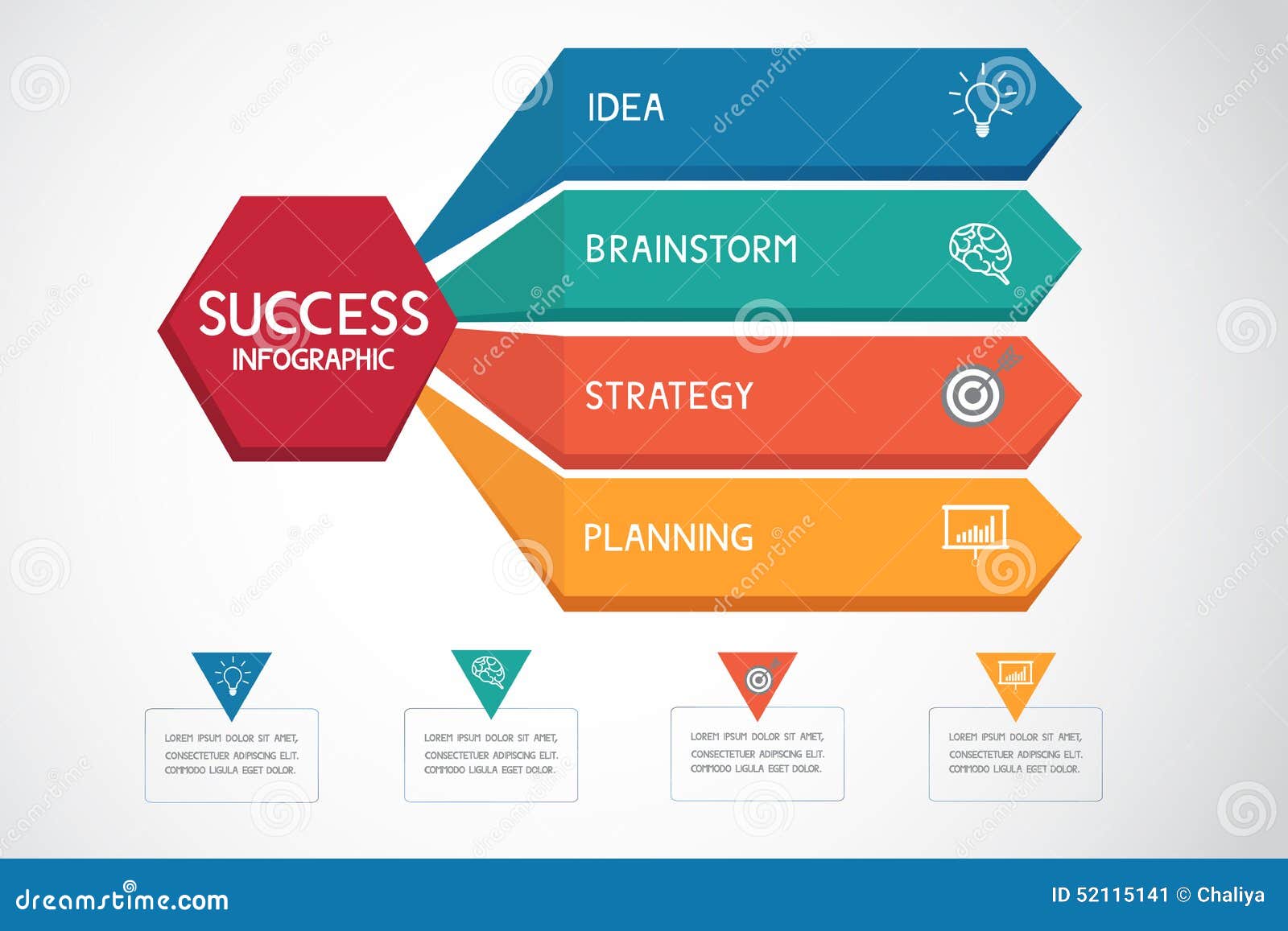Join Us As We Embark On A Trip With Time, Checking Out The Advancement Of Website Design And How It Has Actually Influenced The Electronic Landscape
Join Us As We Embark On A Trip With Time, Checking Out The Advancement Of Website Design And How It Has Actually Influenced The Electronic Landscape
Blog Article
Short Article Composed By-Dalrymple Vangsgaard
In the past, sites were easy and concentrated on details. Navigating was straight, and layout was for desktop computers. Currently, user experience is vital. Data guides styles for simple navigation. Receptive designs fit various tools. Today, dark mode minimizes pressure, and minimal menus improve navigating. Interactive features engage customers, and bold visuals stick out. AI combination enhances interaction. See just how style has actually progressed to improve your on the internet trip.
Very Early Days of Website Design
In the early days of website design, simplicity reigned supreme. Websites were fundamental, with minimal shades, typefaces, and layouts. The emphasis was on providing information rather than fancy visuals. Customers accessed the net with slow-moving dial-up links, so speed and functionality were crucial.
Navigating food selections were straightforward, commonly situated on top or side of the page. Websites were made for desktop computers, as mobile browsing wasn't yet prevalent. Learn Even more was king, and developers prioritized easy readability over complex layout components.
HTML was the main coding language made use of, and designers had to function within its restraints. Animations and interactive features were very little compared to today's criteria. Internet sites were static, with little dynamic content or individualized individual experiences.
Increase of User-Focused Style
With the evolution of website design, a shift towards user-focused design concepts has come to be increasingly famous. Today, developing web sites that focus on user experience is vital for involving site visitors and attaining service goals. User-focused style involves understanding the demands, preferences, and habits of your target market to tailor the web site's layout, web content, and includes accordingly.
Developers now perform detailed research, such as customer studies and functionality testing, to gather insights and comments straight from customers. https://email-marketing-icon73837.targetblogs.com/30389892/understanding-regional-seo-vital-information-for-small-business-owners -driven strategy aids in producing instinctive navigation, clear calls-to-action, and aesthetically appealing interfaces that reverberate with site visitors. By placing the customer at the facility of the design process, internet sites can deliver a much more individualized and delightful experience.
Receptive style has also emerged as a key aspect of user-focused layout, ensuring that sites are enhanced for different tools and screen sizes. This adaptability improves access and functionality, accommodating the diverse means customers connect with sites today. In essence, the rise of user-focused style represents a shift towards creating electronic experiences that focus on the demands and expectations of completion user.
Modern Trends in Web Design
Check out the latest trends shaping website design today. One popular pattern is dark mode style, using a smooth and modern appearance while reducing eye strain in low-light environments. An additional essential pattern is minimal navigation, streamlining food selections and boosting customer experience by concentrating on essential elements. Including micro-interactions, such as computer animated switches or scrolling impacts, can develop a more appealing and interactive site. https://lorenzogavoj.blogginaway.com/30444096/optimize-your-web-site-s-possibility-with-on-page-search-engine-optimization-keys-that-change-your-online-presence-and-mesmerize-target-markets remains important, guaranteeing smooth individual experiences across different tools. Furthermore, making use of strong typography and asymmetrical designs can include visual passion and accentuate specific material.
Incorporating AI modern technology, like chatbots for customer support or personalized referrals, enhances customer engagement and streamlines procedures. Ease of access has additionally come to be a substantial pattern, with designers focusing on inclusive style practices to satisfy diverse user needs. Welcoming sustainability by maximizing internet site performance for speed and effectiveness is one more arising fad in web design. Teaming up with individual feedback and data analytics to repeat and improve design continually is vital for remaining appropriate in the ever-evolving digital landscape. By accepting these modern-day fads, you can develop an aesthetically attractive, easy to use site that resonates with your target market.
Conclusion
As you reflect on the evolution of site design from the early days to currently, you can see how user-focused design has actually ended up being the driving pressure behind modern fads.
Accept the journey of adjustment and adaptation in website design, always keeping the individual experience at the forefront.
Stay present with the most recent fads and technologies, and never ever quit progressing your approach to develop aesthetically spectacular and easy to use web sites.
Develop, adjust, and create - the future of website design is in your hands.
